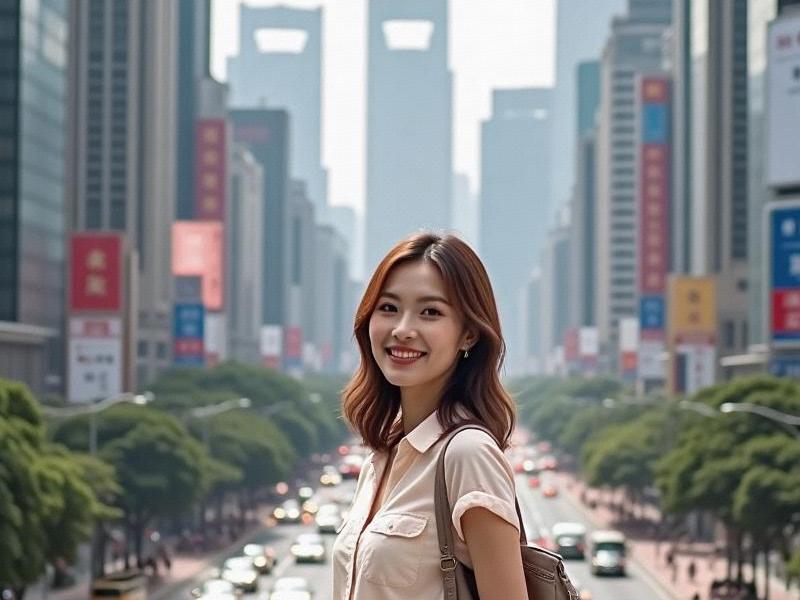The Shanghai Woman: How China's Most Cosmopolitan Feminine Ideal Was Born
⏱ 2025-07-02 07:29 🔖 上海龙凤419
📢0℃

Historical Roots (1920s-1940s)
The original "Shanghai Modern Girl" emerged during the city's Jazz Age golden era when:
- Tailors revolutionized the qipao into body-hugging silhouettes
- Nightclub hostesses became style icons mixing Eastern/Western fashions
- China's first female entrepreneurs opened boutique businesses
- Writer Eileen Chang documented this new urban femininity
Socialist Transformation (1950s-1980s)
The Communist era forced reinvention:
新夜上海论坛 - Blue jackets replaced cheongsams as mandatory uniforms
- Factory work reshaped beauty standards toward practicality
- "Shanghai Auntie" archetype emerged - resourceful household managers
- Subtle resistance through perm hairstyles and hidden jewelry
Contemporary Renaissance (1990s-Present)
Today's Shanghai woman balances multiple identities:
- Finance district executives blending power suits with qipao-inspired details
上海夜生活论坛 - Xintiandi fashion bloggers creating hybrid East-West street styles
- Tech entrepreneurs leading China's startup revolution
- Traditional "matchmaking market" mothers negotiating modern dating
Cultural Paradoxes
- Plastic surgery boom vs natural aging acceptance movements
- Feminist rejections of marriage vs enduring family pressures
- Global luxury consumption vs sustainable fashion pioneers
上海品茶网 - Western feminism interpretations vs distinctly Chinese solutions
Global Influence
Shanghai's feminine ideal now impacts:
- Asian beauty standards through cosmetics trends
- International fashion via homegrown designer brands
- Diaspora communities preserving Shanghainese cultural markers
- Feminist discourse through new academic studies
As sociologist Dr. Li Wei notes: "The Shanghai woman represents China's most successful negotiation between tradition and modernity - she adopts foreign elements without surrendering cultural essence." From Jazz Age flappers to AI entrepreneurs, this urban feminine ideal continues evolving while maintaining its quintessential Shanghainese character.
Shanghai's Enchanting Nightlife: A Symphony of Lights and Culture【特别报道】2025上海港:智能集装箱背后的全球航运革命【时空折叠】——上海的城市更新辩证法Shanghai’s Gilded Lounges: Where Dynasty Elegance Meets AI-Driven Extravagance"Shanghai 2025: Where Ancient Canals Meet Quantum Computing - The Reinvention of China's Global Gateway"Shanghai 2025: The Making of a Next-Generation Global Financial CapitalNeon Renaissance: How Shanghai's Elite Entertainment Clubs Are Redefining Chinese Nightlife CultureThe Yangtze Renaissance: How Shanghai and Its Satellite Cities Are Redefining Urbanization【都市女性志】上海"她力量"图鉴:从石库门女孩到国际都会新女性【轨道上的城市诗学】电车钢轨里的上海百年:从"叮当车"到数字轨交的文明切片

